Quantitative Evaluation of Beer Body
Quantitative Evaluation of Beer Body
The body of a beer is an important, and many factors such as bitterness, acerbity, sweetness, etc. affect daintiness. It has revealed that "NAPiCOS", which can detect small mass change, provides evaluation of the beer body with a high degree of accuracy, measuring the amount of the body adsorbed on lipid membrane. This development was made with "SAPPRO BREWERIS", and the study was presented at an annual meeting of "The Japanese Association for the Study of The Taste and Smell" in 2013.
1.Measurement Principle
When drinking a beer, the beer body is adsorbed on the cell of tongue the mucosa. Humans feel richer taste, more beer body amount absorbed.
So, the lipid membrane which mimicked the cell surface of the human tongue was formed on the QCM senor, and was used as taste sensor.
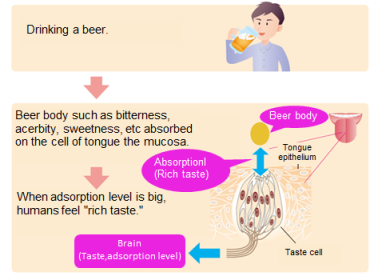
Fig.1: Principle how humans feel "rich taste"
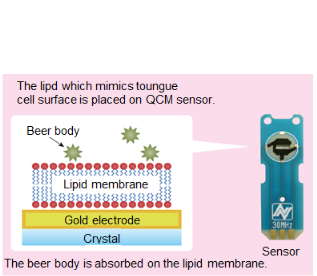
Fig.2: Diagram for the lipid membrane on the QCM sensor
2.Protocol
- Sensor:30MHz twin sensor(with lipid membrane formed for rich taste sensor)
- Flow rate:150μL/min
- Sample amount:100μL
- Running buffer:Pure water
- Sample:Beer(6 times diluted with pure water)
3.Reaction wave form example
When running the beer, the beer body is absorbed on the lipid membrane.
Then, the frequency drops to lower as per the absorption amount, due to mass load effect.
The dropped frequency is differed as taste richness, and measurement is made for each sample beer.
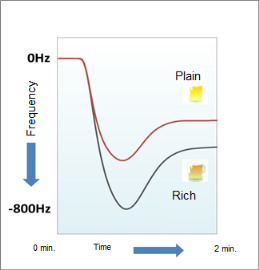
Fig.3: Frequency drop example by beer injection
4.Correlation between measurement result and sensory test result
The rich taste for 8 types of beer was measured, and then was compared with sensory test result gotten by SAPPRO BREWRIES.
The comparison result showed high level correlation such as r=0.86.
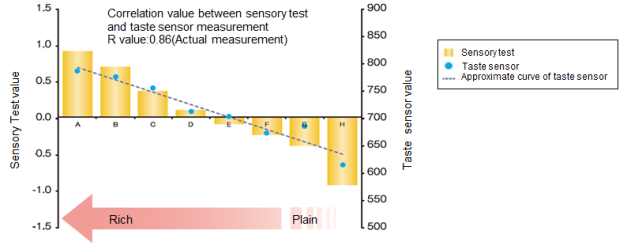
Fig.4: Correlation evaluation result on 8 types of beer
5.Application possibility for other beverages and foods
The graphs below are measurement examples for green tea and black coffee.
The data showed different types of rich taste ingredient amount with respect to each brand.
NDK will develop new measurement protocols for rich taste fitting to other beverages and foods.
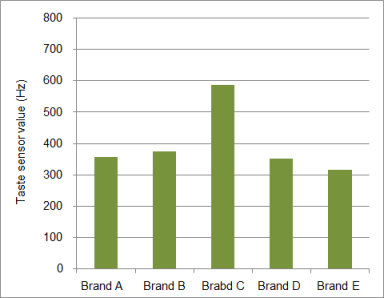
Fig.5: Measurement example for rich taste of green teas
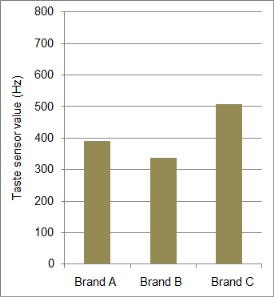
Fig.6: Measurement example for rich taste of several coffees
